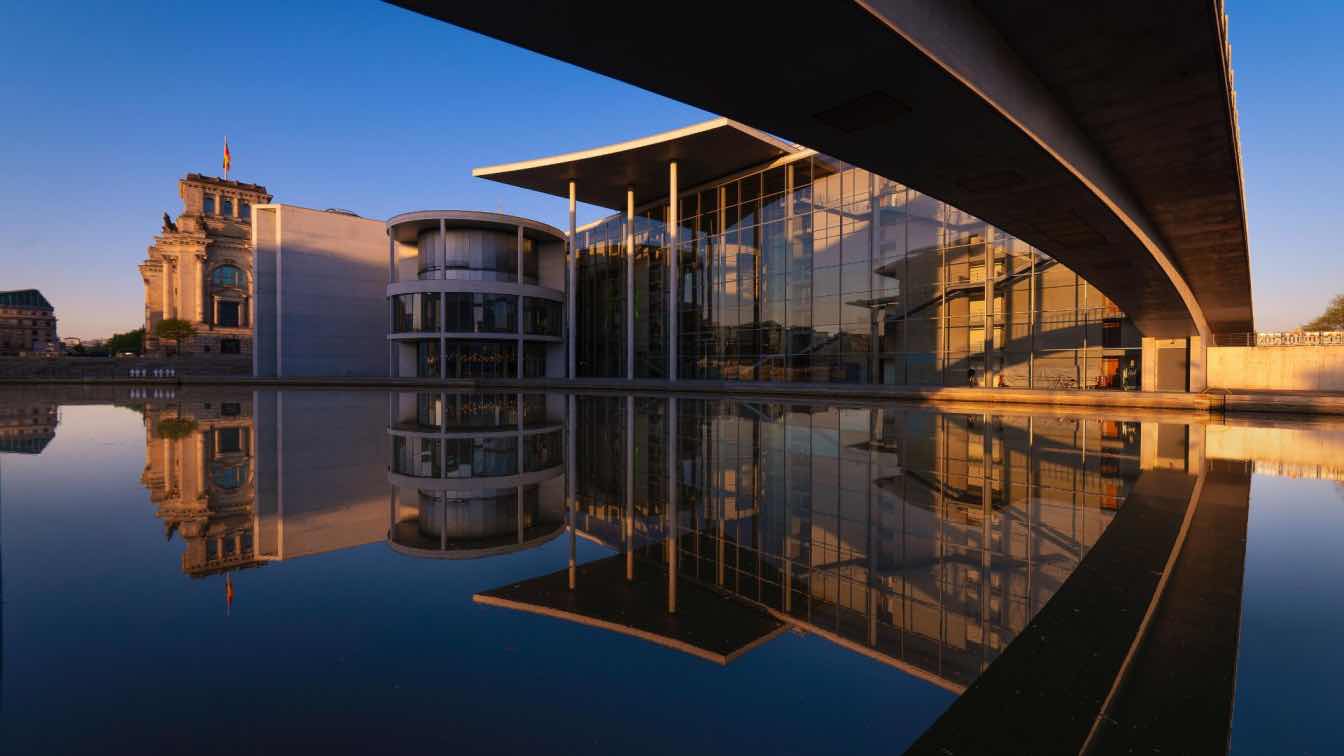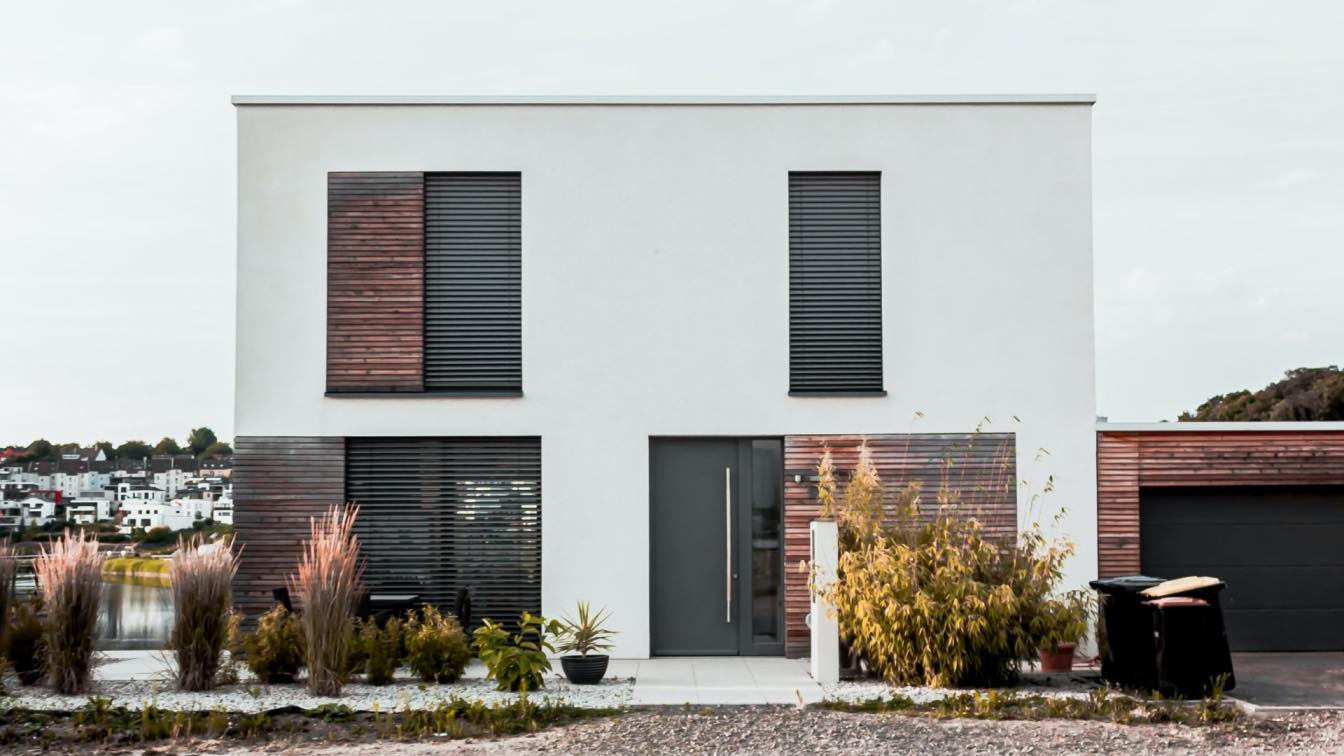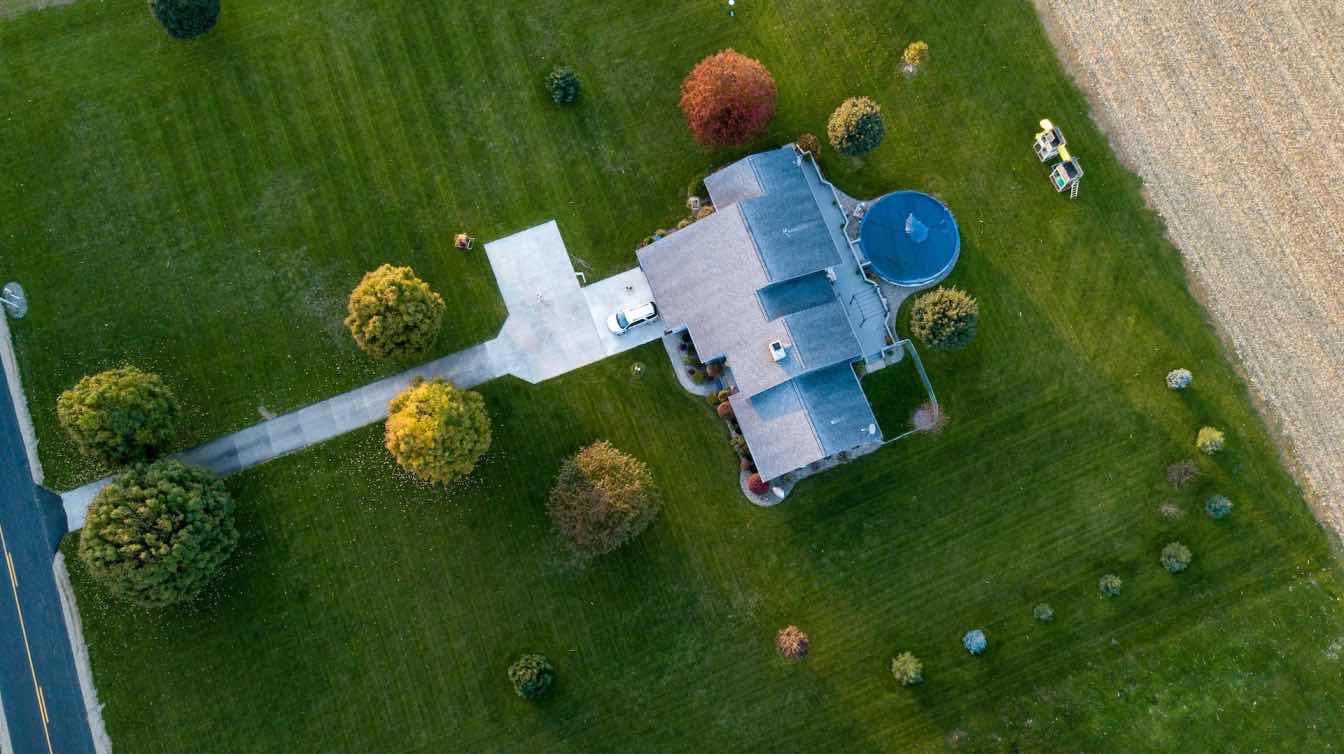Natural disasters, from earthquakes and hurricanes to floods and wildfires, pose significant threats to communities worldwide. As urbanization accelerates and climate change intensifies, the demand for innovative disaster-resilient architectural solutions has never been greater. Architects, engineers, and designers are rising to the challenge, integrating cutting-edge technologies and sustainable practices to create structures that not only withstand disasters but also promote recovery and adaptability. This article delves into the fascinating realm of architectural innovations in disaster-resilient design, exploring strategies, materials, and concepts reshaping how we build for the future.
Understanding Disaster-Resilient Architecture
Disaster-resilient architecture focuses on designing buildings and infrastructure that endure extreme conditions without significant damage. These designs aim to protect lives, reduce economic losses, and ensure recovery for affected communities faster. By leveraging science, technology, and creativity, architects reimagine how structures respond to nature’s unpredictability.
Earthquake-Resistant Designs: Flexibility Meets Strength
Earthquakes are among the most destructive natural disasters, causing structural failures that lead to catastrophic loss of life and property. Innovations like base isolation systems, which allow buildings to move independently from the ground, and flexible materials such as carbon fiber-reinforced polymers are revolutionizing earthquake-resistant designs. Modular structures and adaptive frameworks also enable buildings to sway without collapsing, reducing the risk of severe damage.
Flood-Proof Construction: Designing for Rising Waters
Floods, exacerbated by climate change and rising sea levels, require creative architectural solutions. Elevated buildings, amphibious foundations, and floating structures are gaining traction as viable options. These designs incorporate waterproof materials, drainage systems, and smart landscaping to minimize damage and ensure rapid drainage. Architects are also experimenting with urban floodplains and green infrastructure to manage water flow and protect communities.
Harnessing Wind Power: Resilience Against Hurricanes
Hurricanes and typhoons bring devastating winds that can level buildings in minutes. Architects focus on aerodynamic designs, reinforced roofs, and impact resistant windows to counter this. Structures in hurricane-prone areas often feature rounded edges and tapered shapes to minimize wind resistance. Innovations such as self-repairing materials and smart shutters further enhance these designs, offering greater protection and durability.
Fire-Resistant Architecture: Combating Wildfire Threats
Wildfires pose unique challenges, particularly in regions with dry climates. The fire-resistant architecture incorporates non-combustible materials like concrete, steel, and tempered glass. Vegetative barriers and defensible spaces around buildings reduce fire spread, while technologies like automated sprinkler systems and heat-resistant coatings provide an additional layer of defense. Architects also design "fire bunkers" within homes to protect occupants during emergencies.
Adaptive Use of Materials: Strength in Innovation
At the heart of disaster-resilient design are innovative materials. High-performance concrete, capable of withstanding extreme conditions, is a game-changer in structural integrity. Cross-laminated timber (CLT) offers strength and sustainability, making it ideal for earthquake and fire-prone areas. Graphene-based coatings and nanomaterials add resilience to surfaces, making buildings less susceptible to wear and tear during disasters.
Smart Technologies for Disaster Resilience
Smart technologies are transforming architectural responses to disasters. Sensors embedded in structures can monitor stress, detect damage, and predict failures in real time. Advanced warning systems integrated into buildings alert occupants to evacuate during emergencies. Furthermore, self-healing materials powered by nanotechnology repair minor damages, extending a building's lifespan and resilience.
Sustainable and Resilient Urban Planning
Urban planning plays a crucial role in disaster resilience. Mixed-use developments, green spaces, and decentralized utilities ensure that cities remain functional during and after disasters. Architects, drawing inspiration from nature’s resilience, are adopting biomimicry principles to design adaptive urban landscapes. These plans often include disaster evacuation routes and communal shelters integrated into public spaces.
Community-Centric Designs: Empowering Local Resilience
Architectural innovations are not limited to physical structures; they also encompass community empowerment. Resilient designs often prioritize community needs, incorporating flexible spaces that double as disaster shelters. These spaces are equipped with essential resources like clean water, power supplies, and communication tools, enabling faster recovery and fostering a sense of security among residents.
In disaster-prone areas, proper preparation extends beyond architectural design to practical considerations, such as moving and evacuation processes. Professional movers often have strict policies about items they will not pack, including hazardous materials like fireworks or chemicals, as these could pose safety risks during transport. Knowing these things they will refuse to pack is essential for residents planning a safe relocation before or after a disaster.
Preparing for the Future: Innovations on the Horizon
The future of disaster-resilient architecture lies in continual innovation. Concepts like 3D-printed buildings, deployable shelters, and floating cities are pushing the boundaries of what’s possible. Collaborative efforts between architects, engineers, and governments drive these advancements, ensuring resilience becomes a standard feature in all new developments. Education and training in disaster preparedness further equip communities to face challenges confidently.
Resilient Design Through Modular Architecture
Modular architecture is emerging as a practical and innovative approach to disaster resilience. Buildings can be rapidly assembled, repaired, or relocated by designing structures with interchangeable, prefabricated modules. This adaptability is especially beneficial in areas prone to repetitive disasters, such as floodplains or seismic zones. Modular components often include lightweight yet durable materials, allowing efficient transportation and assembly in emergencies. Additionally, these designs support scalability, enabling communities to expand or modify spaces based on evolving needs without compromising resilience.
Renewable Energy Integration for Disaster Recovery
Integrating renewable energy systems into disaster-resilient architecture ensures communities can access reliable power during and after emergencies. Solar panels, wind turbines, and microgrid systems are increasingly incorporated into designs to maintain energy independence even when traditional grids fail. For instance, battery storage systems paired with solar panels can provide backup power for critical systems in hospitals, shelters, and homes. Architects are now designing buildings with built-in renewable energy capabilities, reducing dependency on external infrastructure while enhancing resilience against power outages caused by natural disasters.
Architectural Innovations for Safer Communities
Architectural innovations in disaster-resilient design pave the way for safer, more adaptable communities. By combining advanced technologies, sustainable materials, and human-centric approaches, architects are redefining how we build in the face of nature’s uncertainties. The journey toward resilience is ongoing, but with creativity and collaboration, we can create a built environment that survives disasters and thrives in their aftermath. Our choices today will shape our world's safety and sustainability for generations to come.






